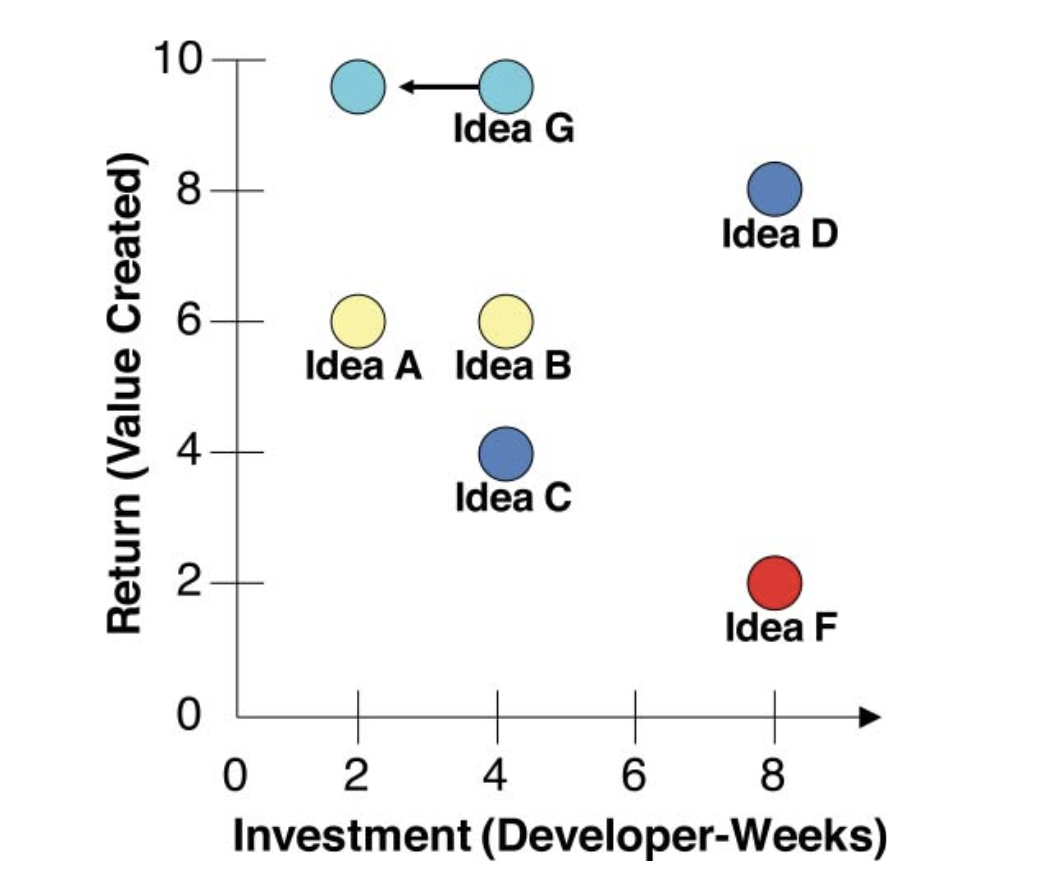Animals of Product Management - How to manage them ?

Imagine a scenario where a product manager is presenting a proposal for a new feature or a product strategy to a senior executive team in their company. The product manager has conducted thorough market research, analysed customer feedback, and collected data supporting the potential value and viability of the proposed feature.
During the meeting, the product manager confidently presents their findings, highlighting customer pain points and demonstrating how the new feature can address those needs. They provide concrete examples of competitor products that have successfully implemented similar features, showcasing the potential market demand. The product manager emphasizes that the proposed feature aligns with the company's long-term strategy and could significantly contribute to revenue growth.
While it's possible for agreement and productive discussion, there might be few attendees of a meeting who can be categorised in 4 categories:

HiPPO: This individual holds significant influence and has the potential to steer the product roadmap astray.
ZEbRA: This individual strongly believes in their intuition rather than substantiated evidence.
WoLF: This person exhibits a tendency to swiftly shift focus from one problem to another, constantly seeking new projects to engage with.
RHiNO: This team member makes minimal contributions and appears to be solely motivated by the paycheck.
Strategies to manage challenging situations:
1. Understand stakeholder management

2. Conduct a strong and continuous product-discovery process to finalise evidence based backlog - One of my favourite books about this topic is "Inspired by Marty Cagan":

3. Ensure you have a proper prioritisation framework

Calculate your ROI. If some features(example :Idea C & D) have same ROI, prioritise smaller scope idea higher because it takes lesser time to implement. And after delivering it to the customer, you will get valuable feedback much faster.
4. MVP's through out lifecycle of a product
Don't stop experimenting, do A/B tests, multivariate tests with smaller audience and smaller features to test out ideas. Gather results using product analytics tools or similar and ensure to show these results to stakeholders to so you are always backed by data.
No. Product Management is not an art, it is science - backed by data and not intuitions.


